What Botox Actually Does
Botox—similar to other neuromodulators like Dysport, Xeomin, and Jeuveau—is an injectable treatment that temporarily relaxes specific facial muscles to reduce the appearance of wrinkles.
Botox works by inhibiting nerve signals to targeted muscles, reducing the repeated contractions that crease the skin over time.
It’s most commonly used to treat:
- Frown lines between the eyebrows
- Horizontal forehead lines
- Crow’s feet around the eyes
By minimizing these muscle movements, Botox helps soften expression lines and prevent them from deepening. Results typically become noticeable within a few days and last approximately 3 to 4 months.
The result is smoother skin and fewer visible wrinkles—particularly in the upper face where we tend to use a lot of expressive movements.
What Botox Doesn’t Do
While Botox is excellent for preventing and softening dynamic wrinkles, its effects are limited to muscle activity. It doesn’t impact the quality or health of your skin itself.
Here’s what Botox cannot do:
- Boost collagen or elastin production
- Smooth out uneven tone or pigmentation
- Address dullness or rough skin texture
- Deliver long-lasting results
In short, Botox targets the mechanical movement that causes wrinkles over time—but not the underlying skin quality.

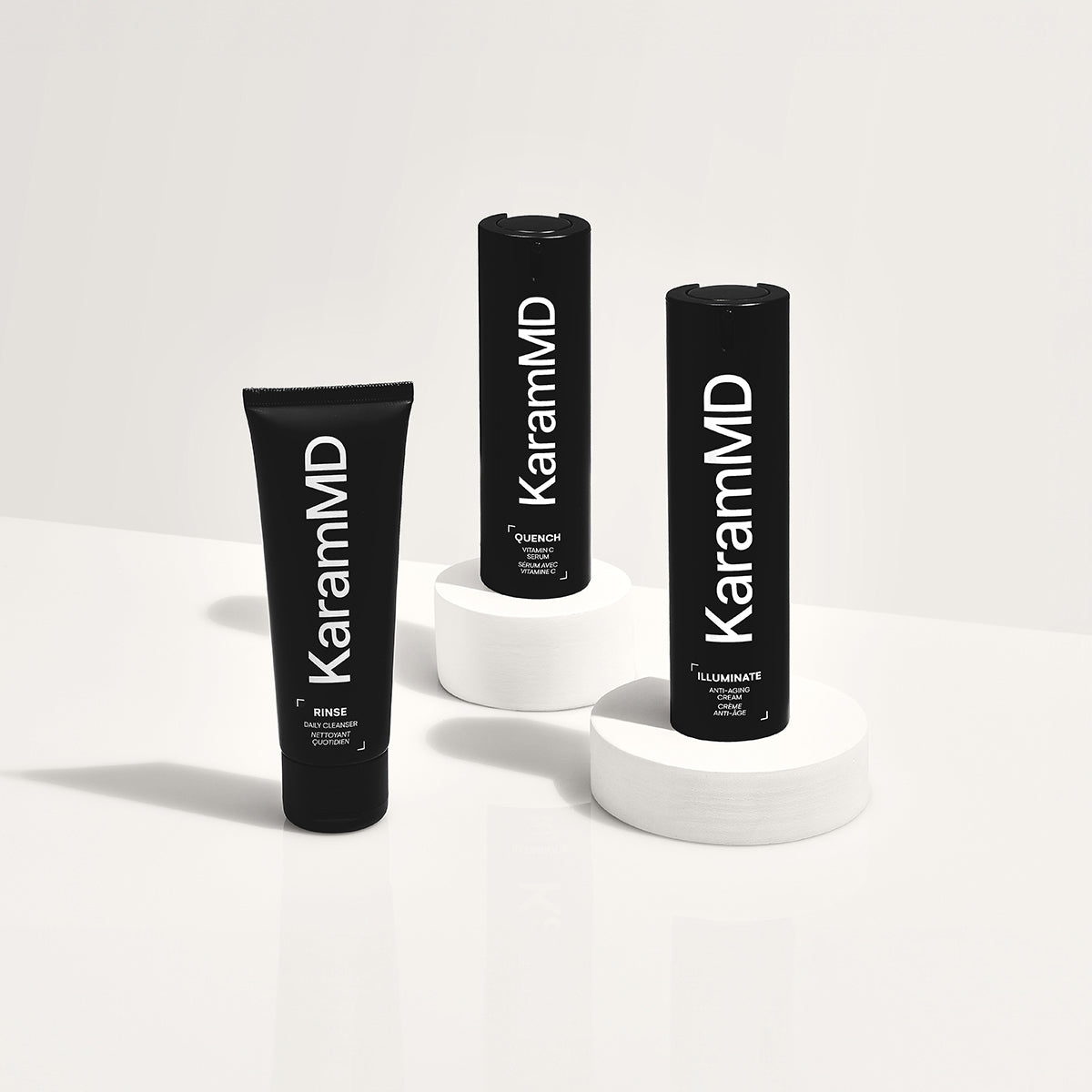
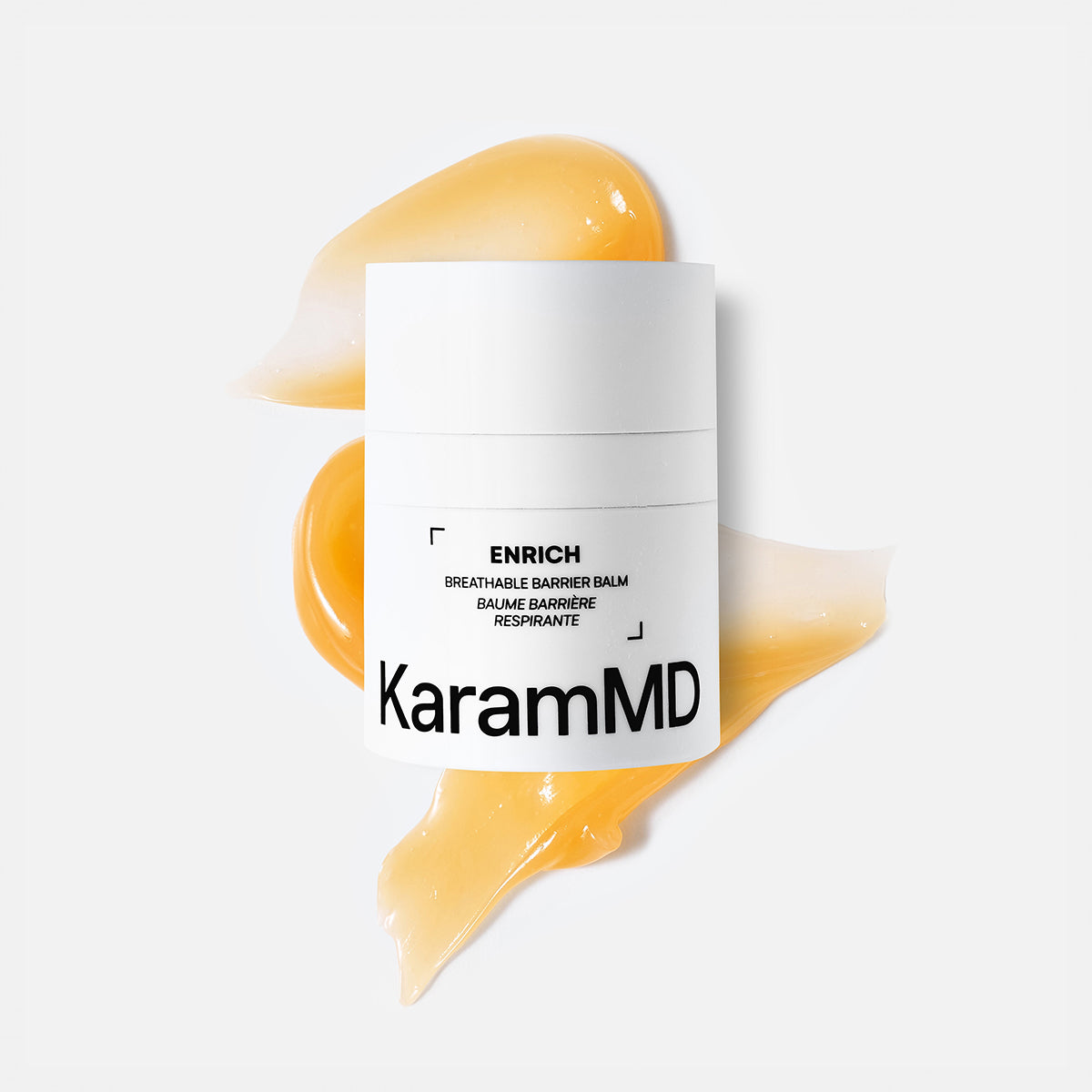
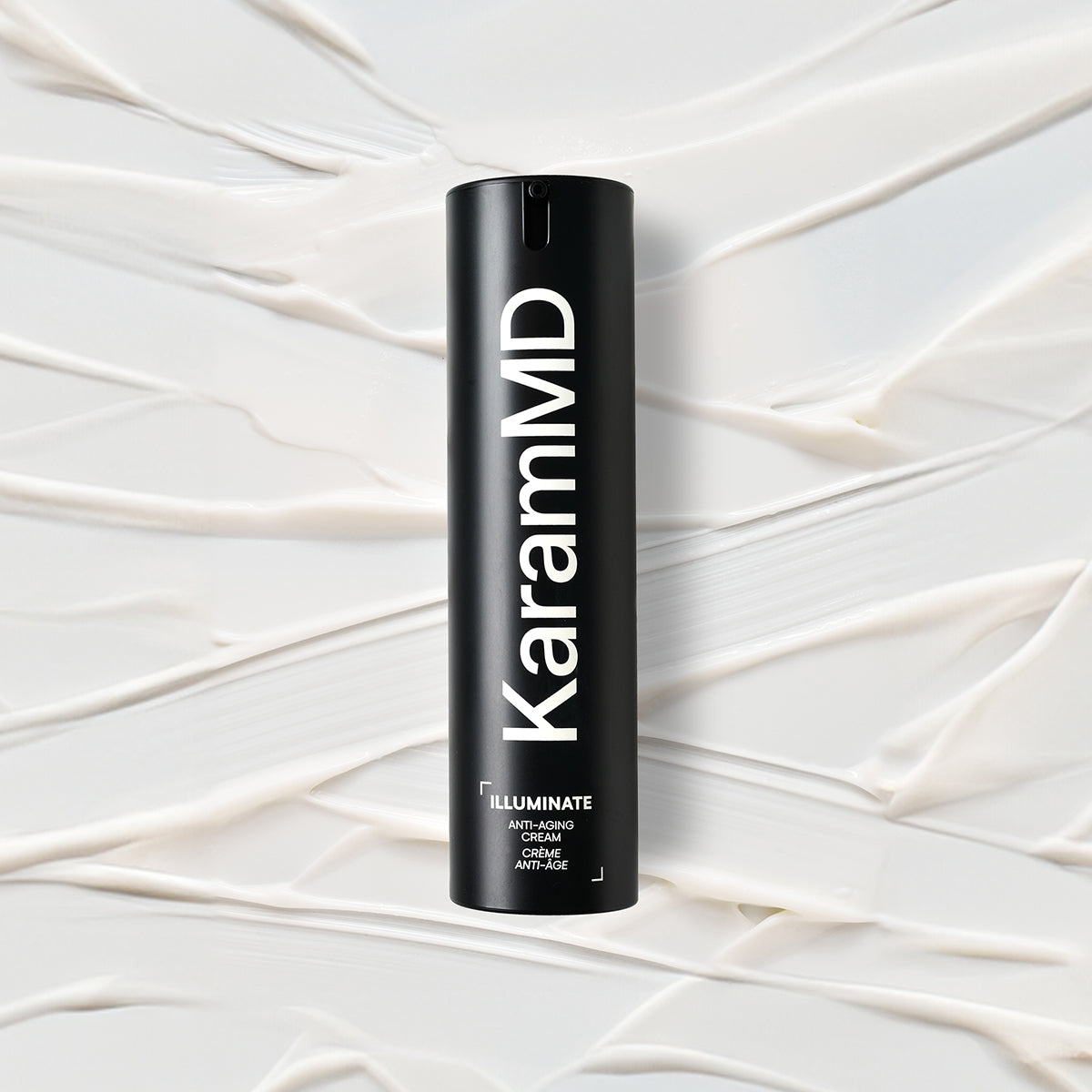
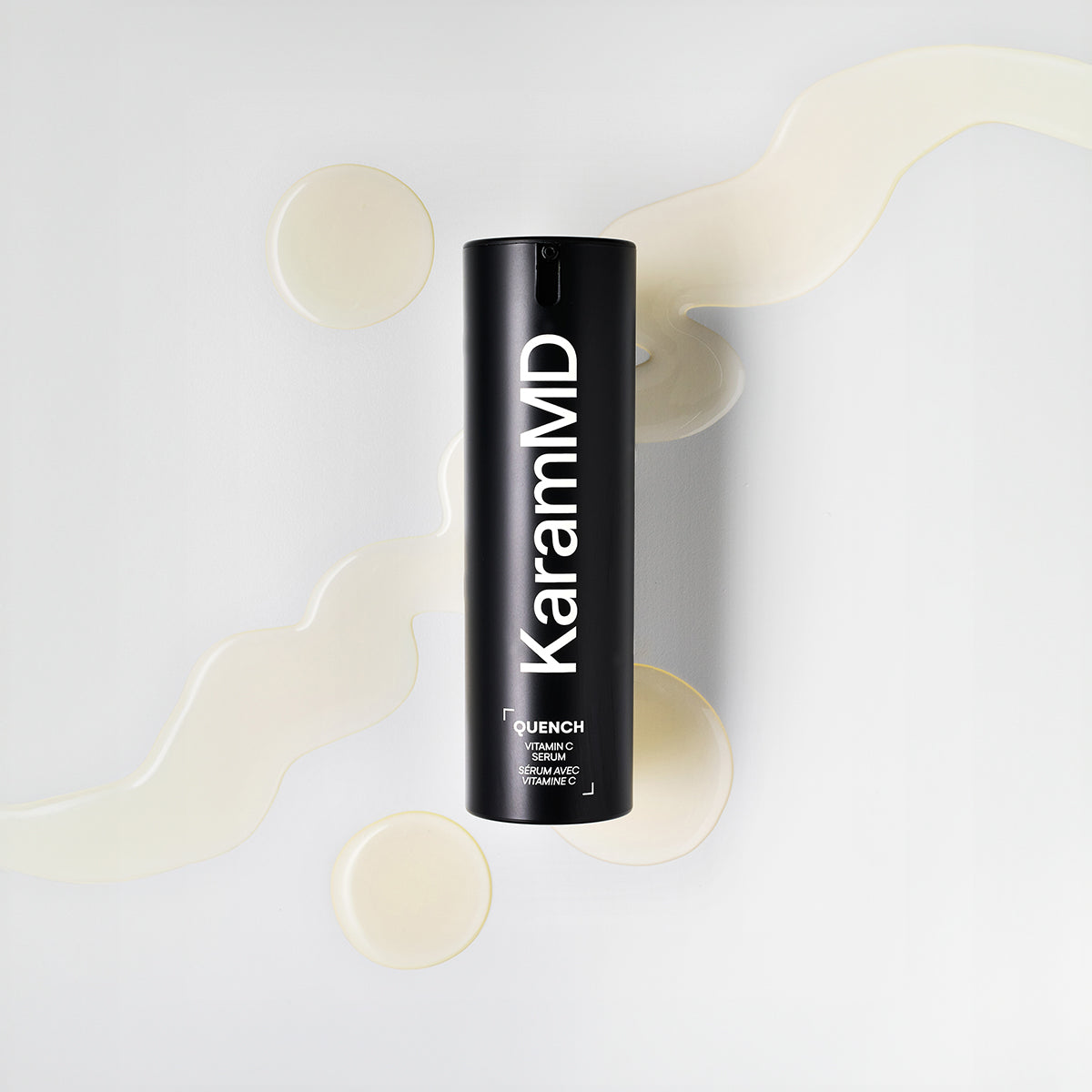
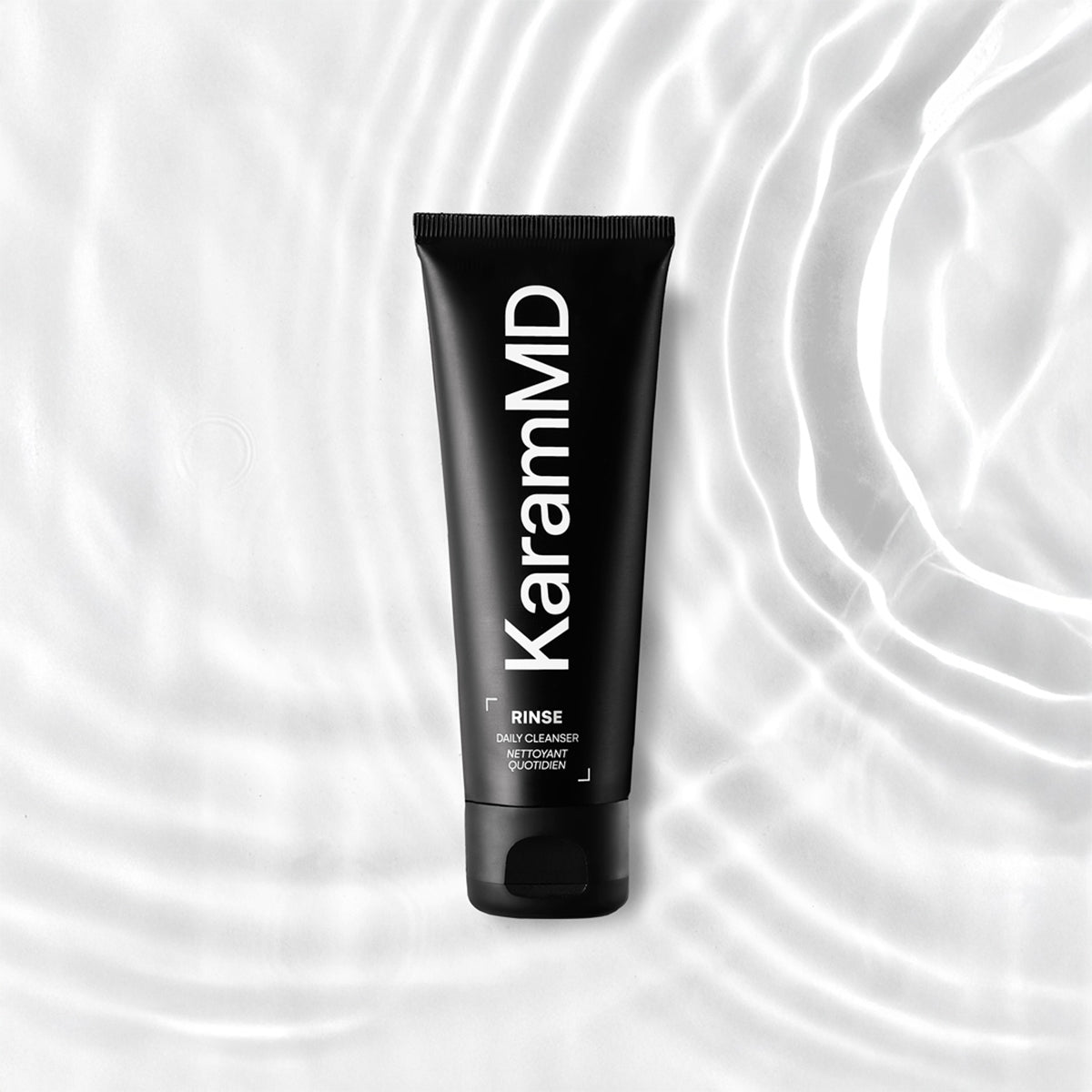


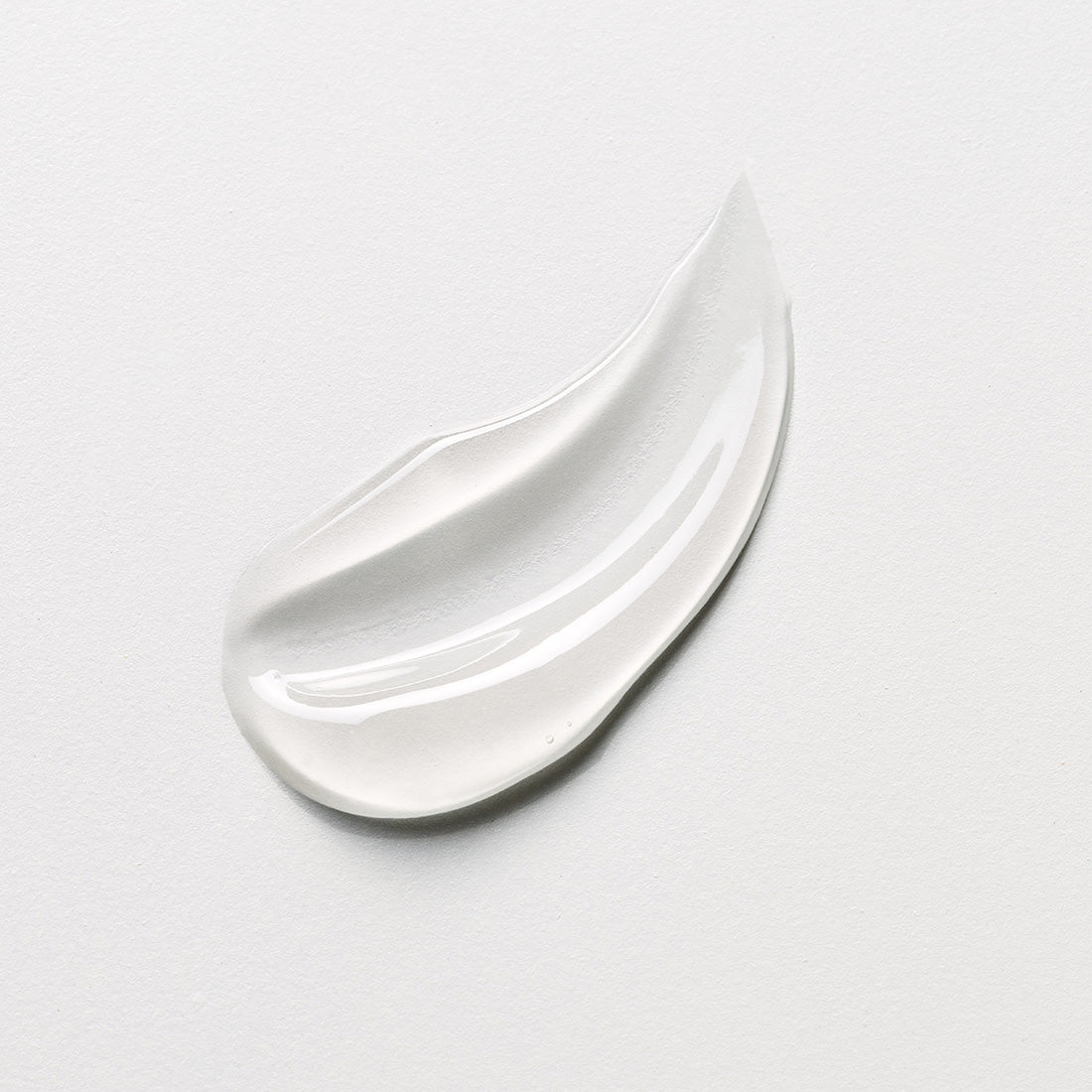
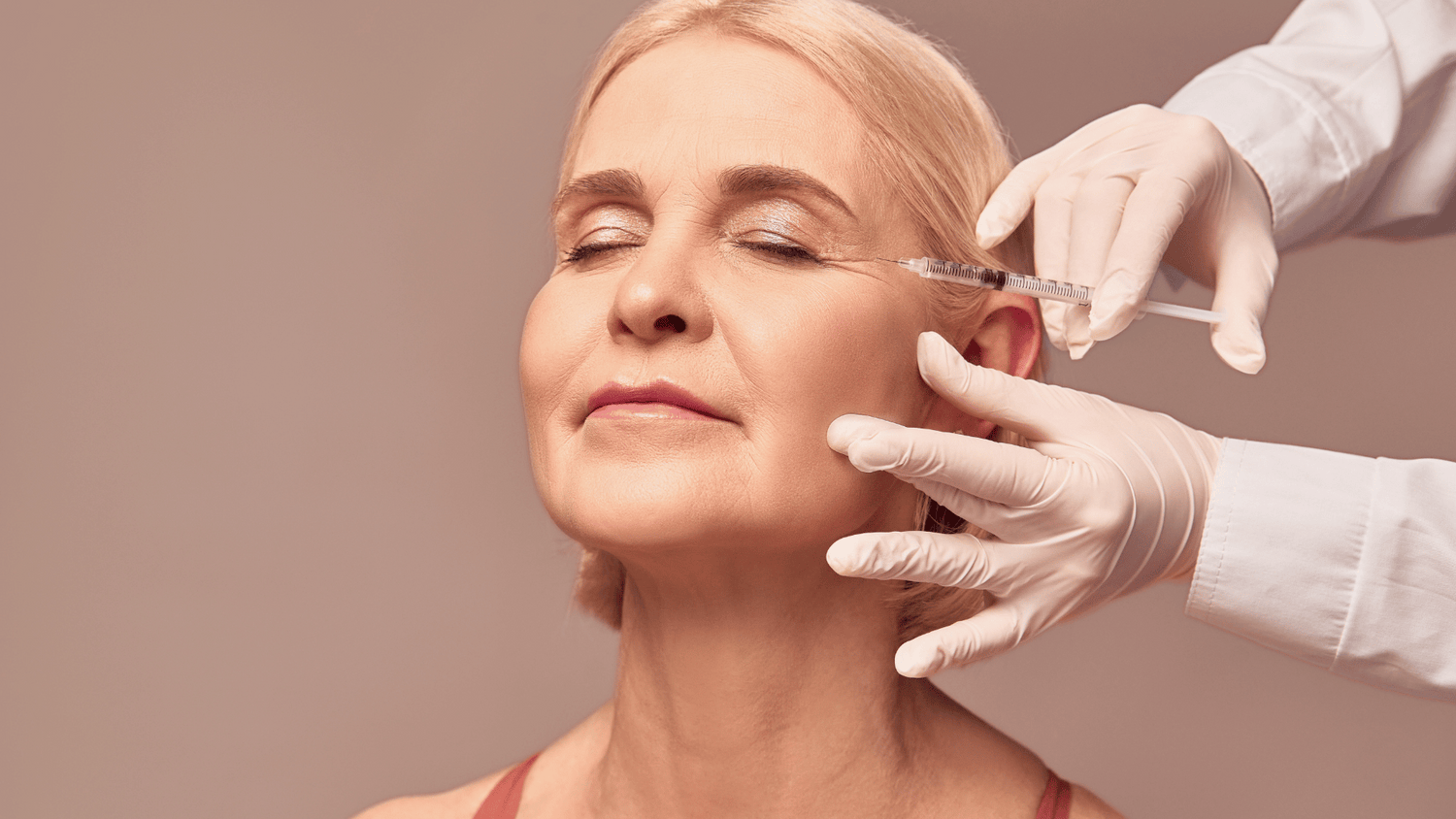
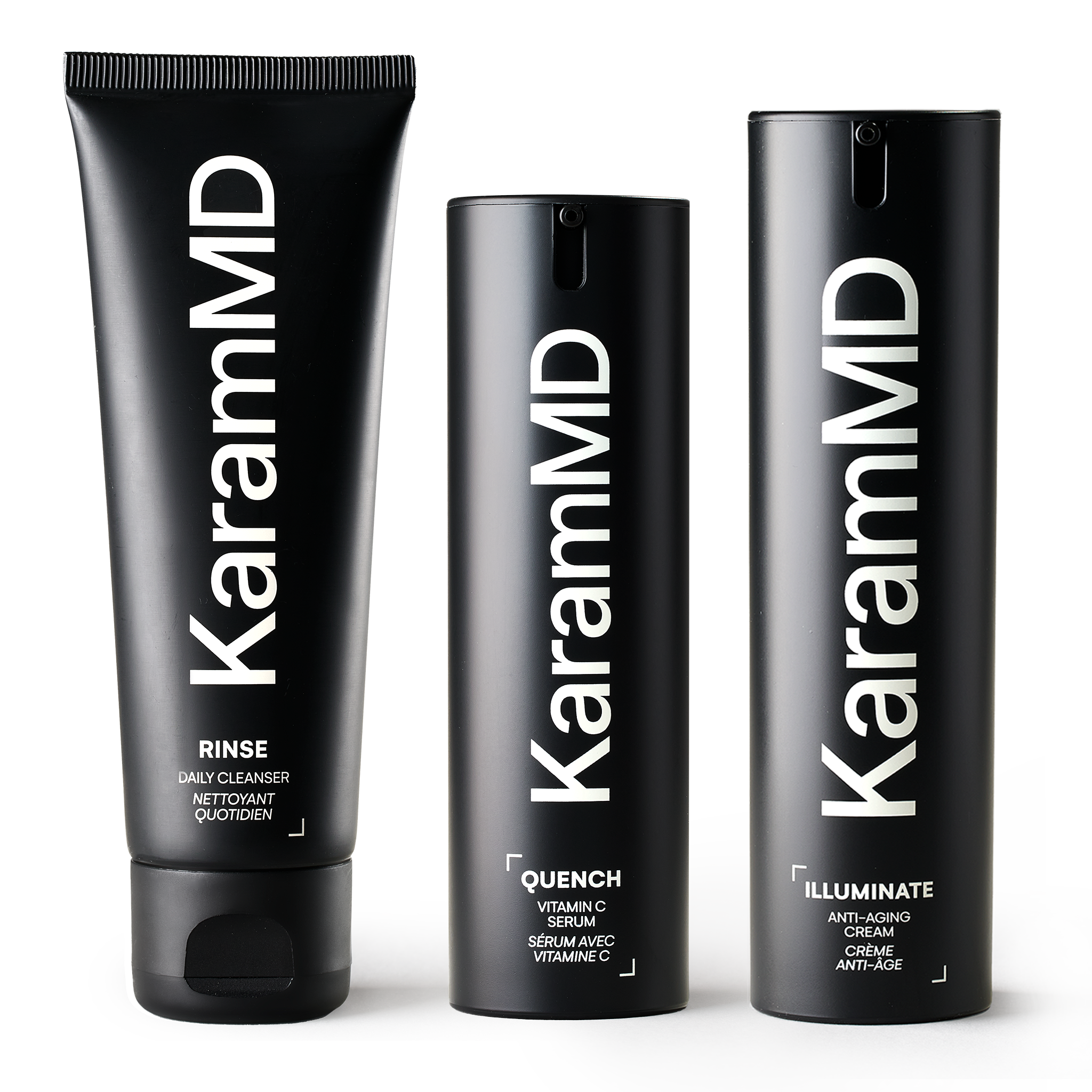



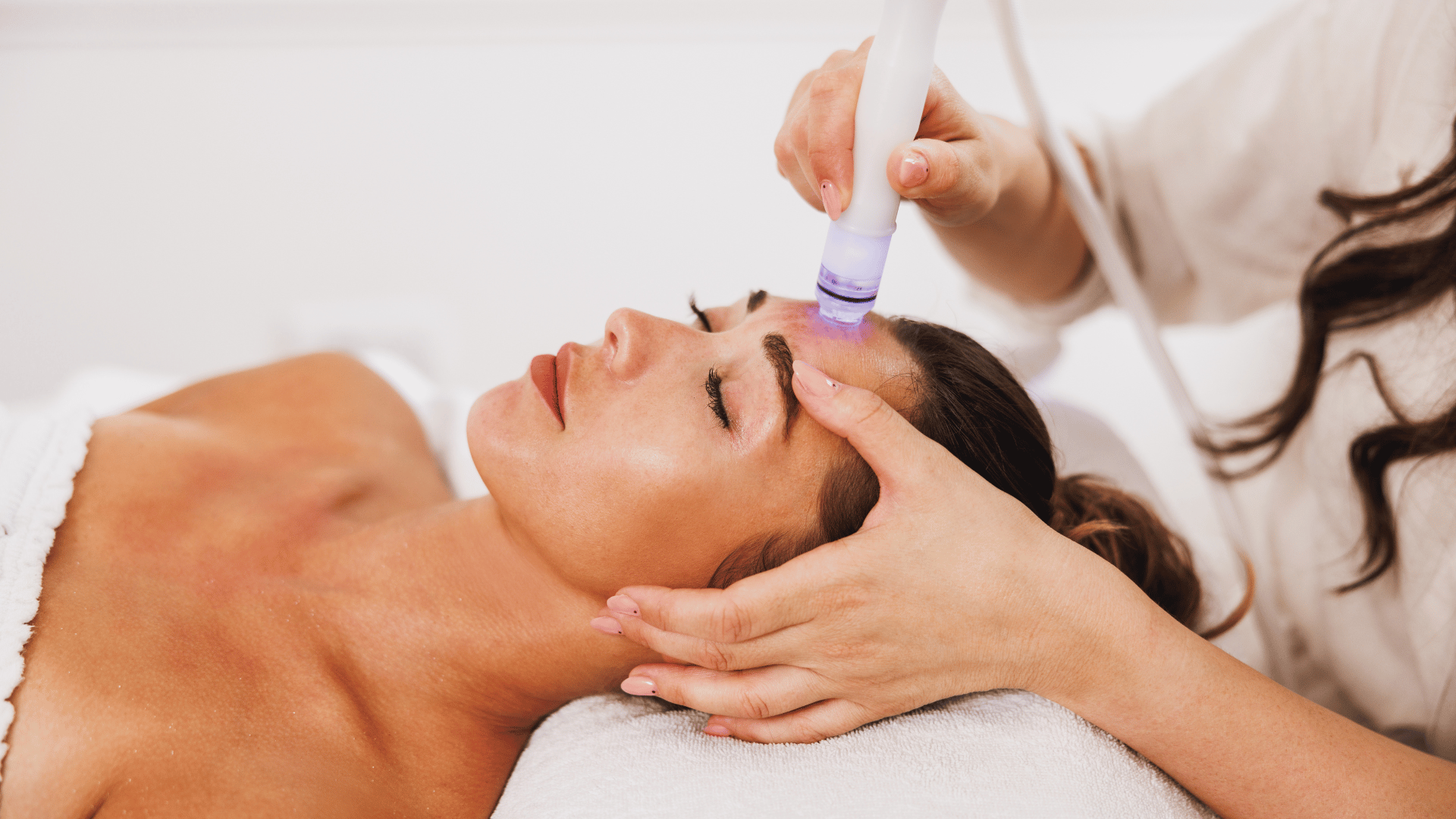
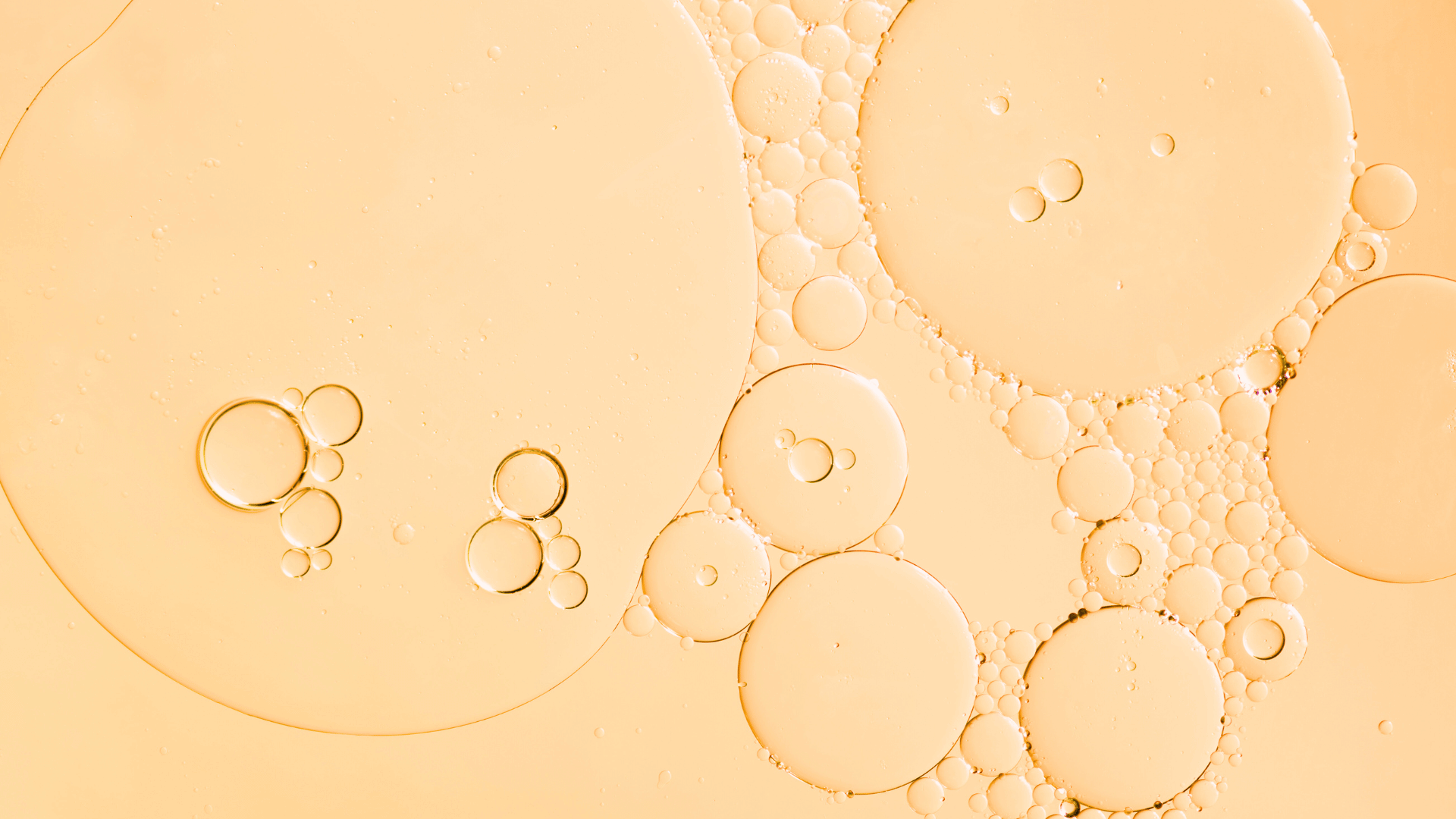
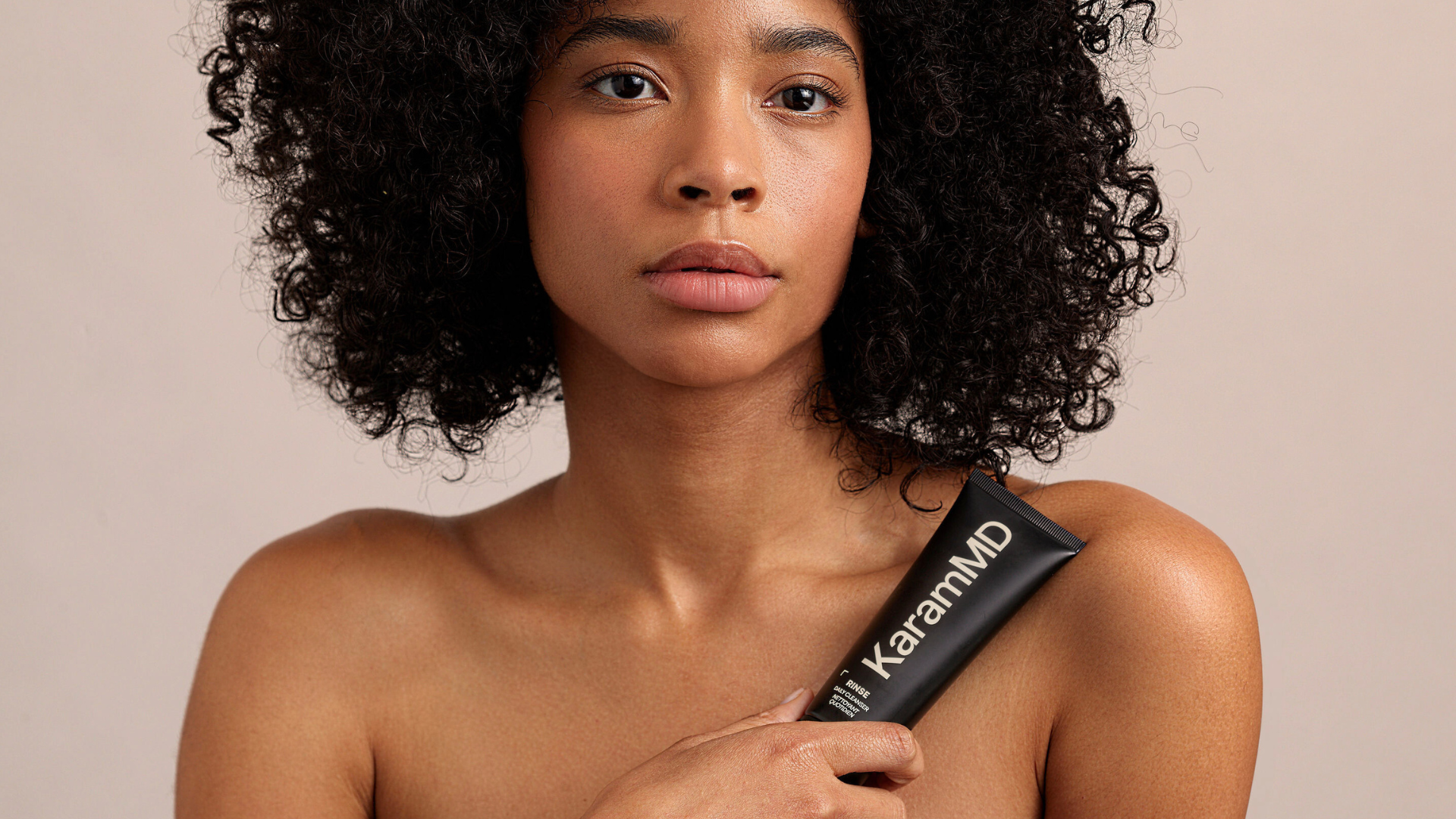


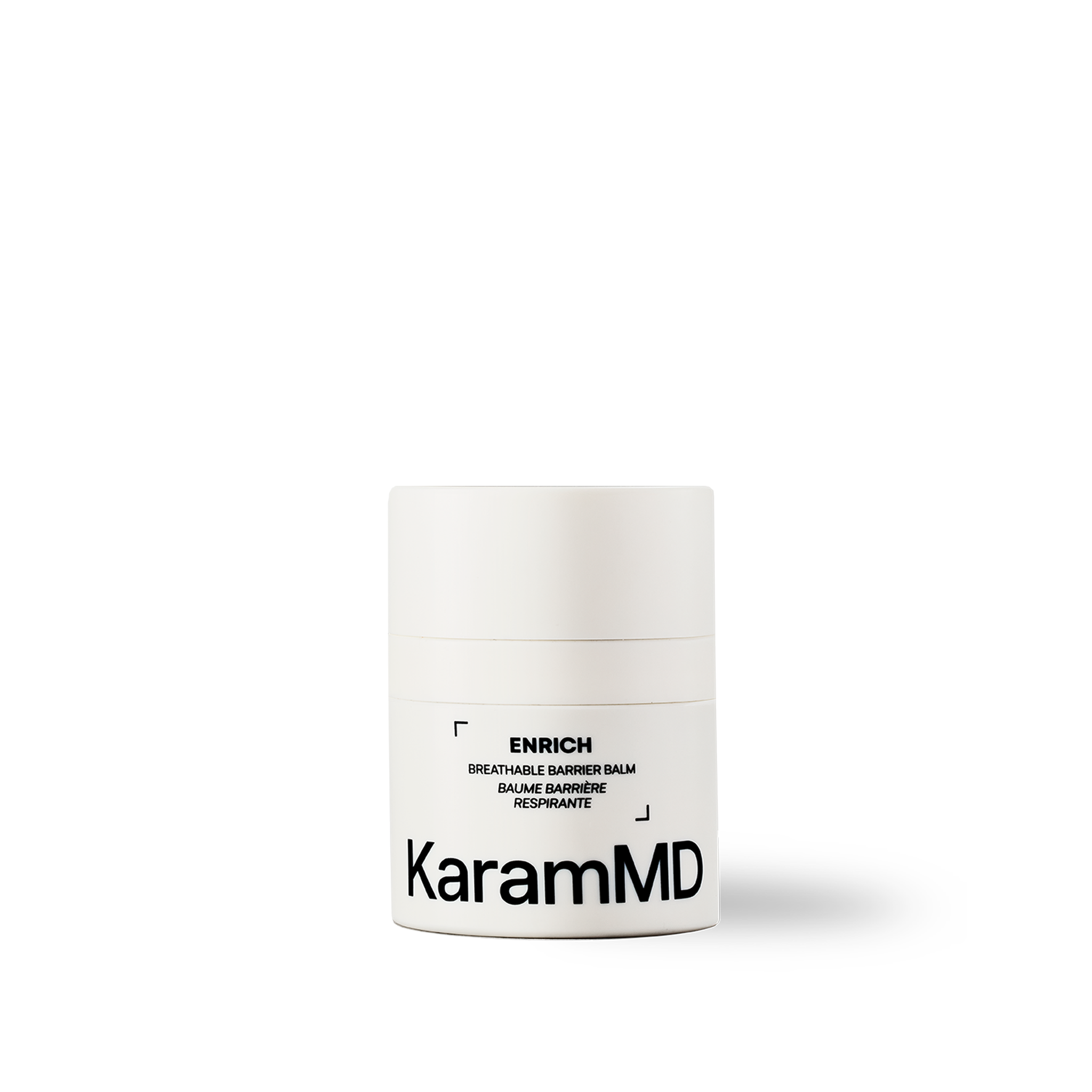

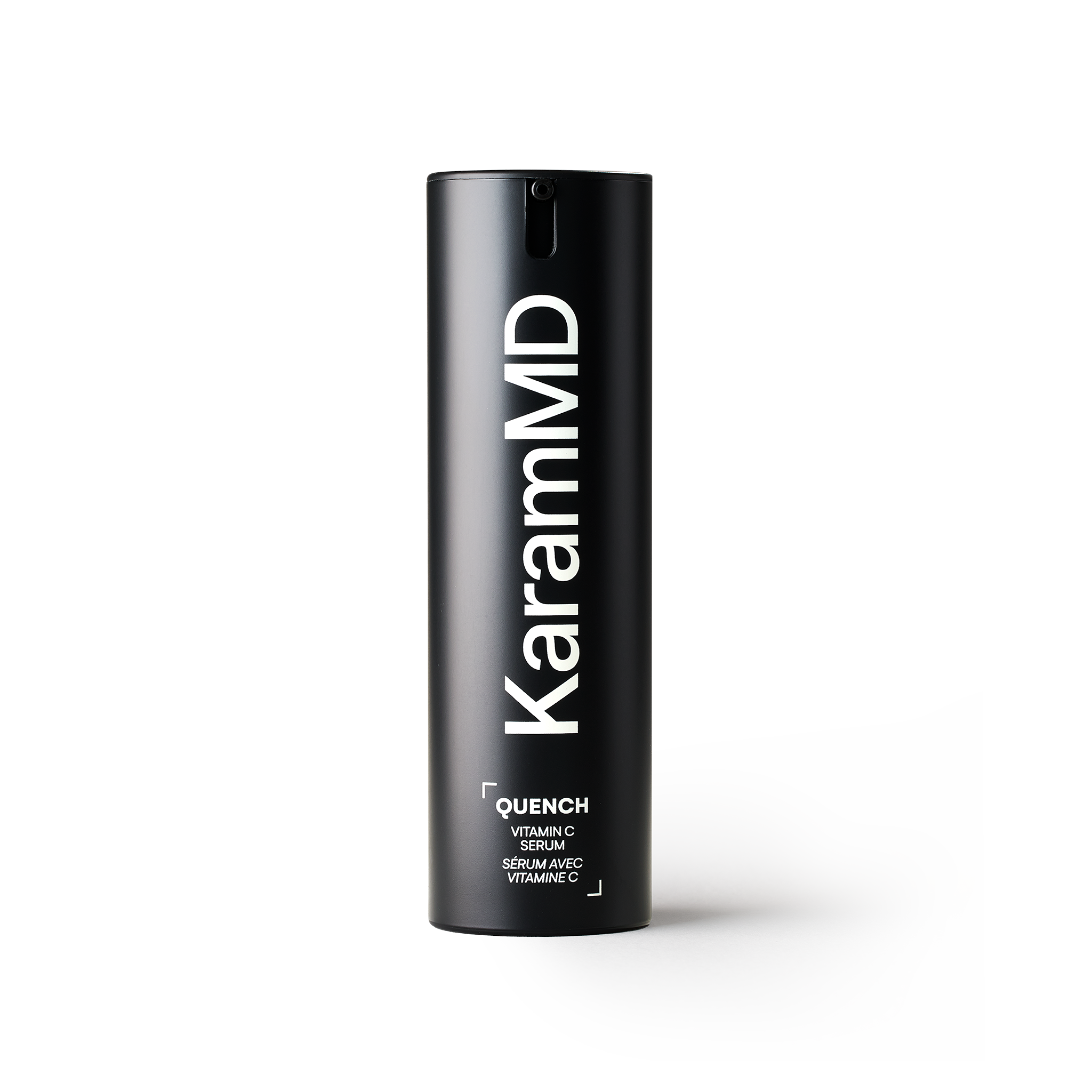
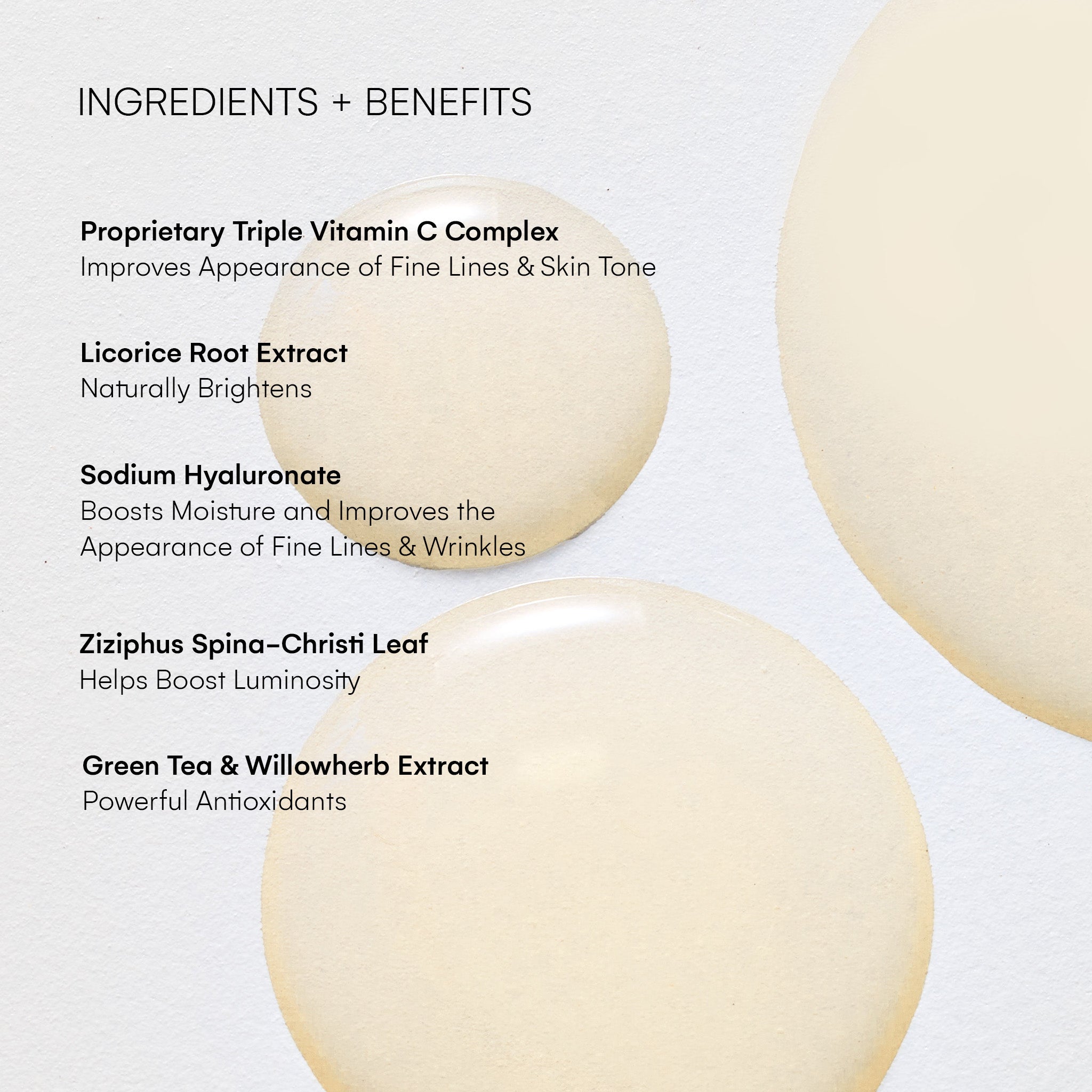
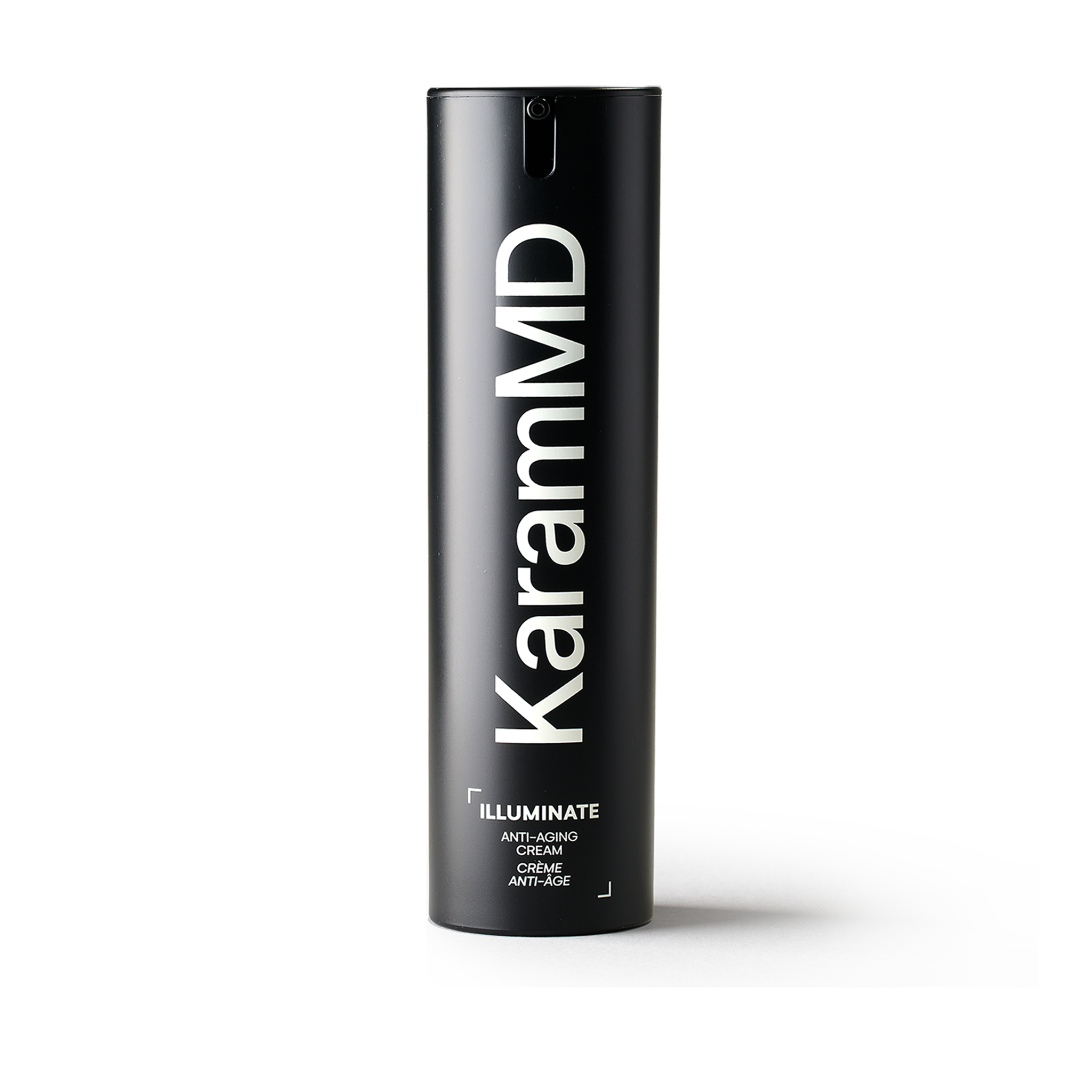

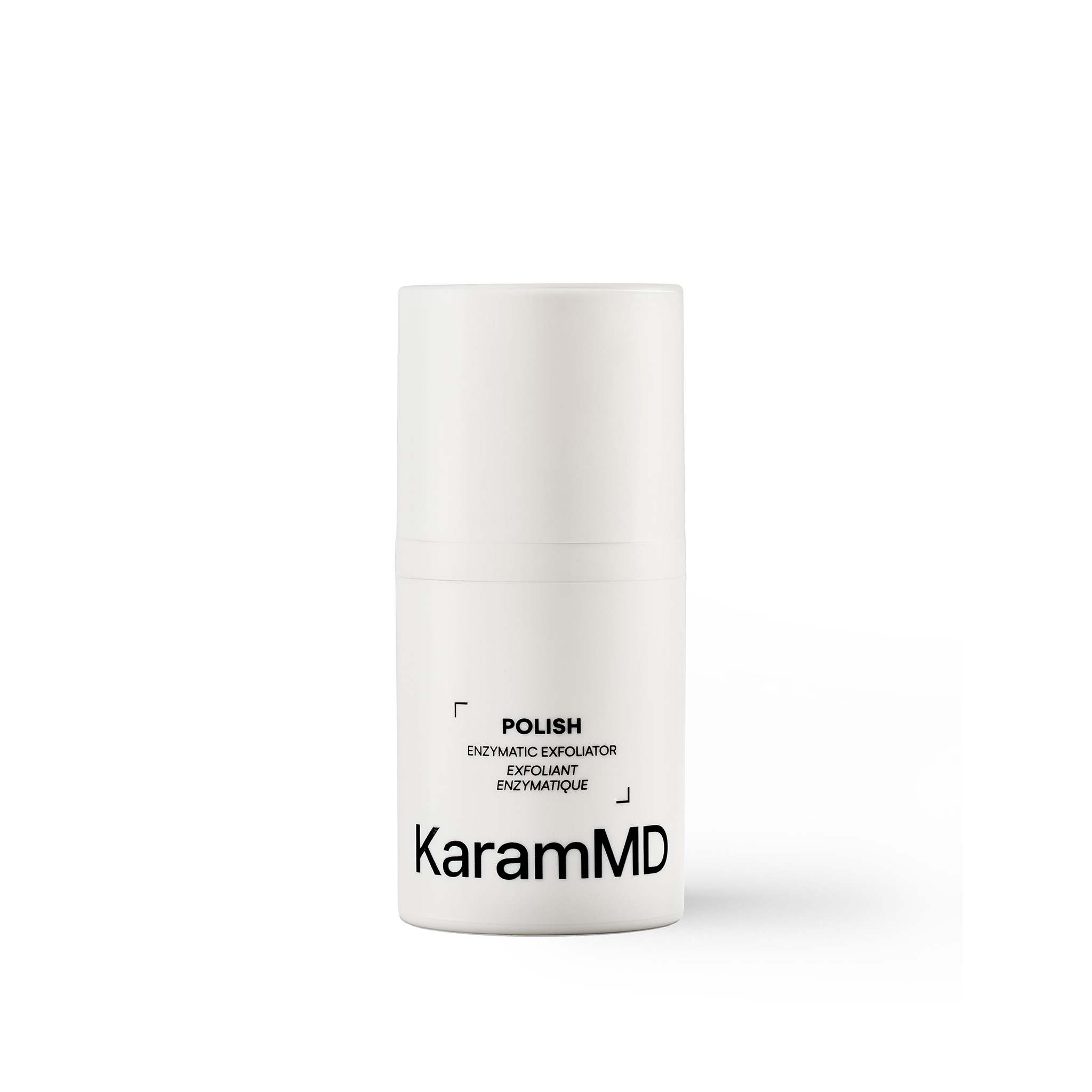
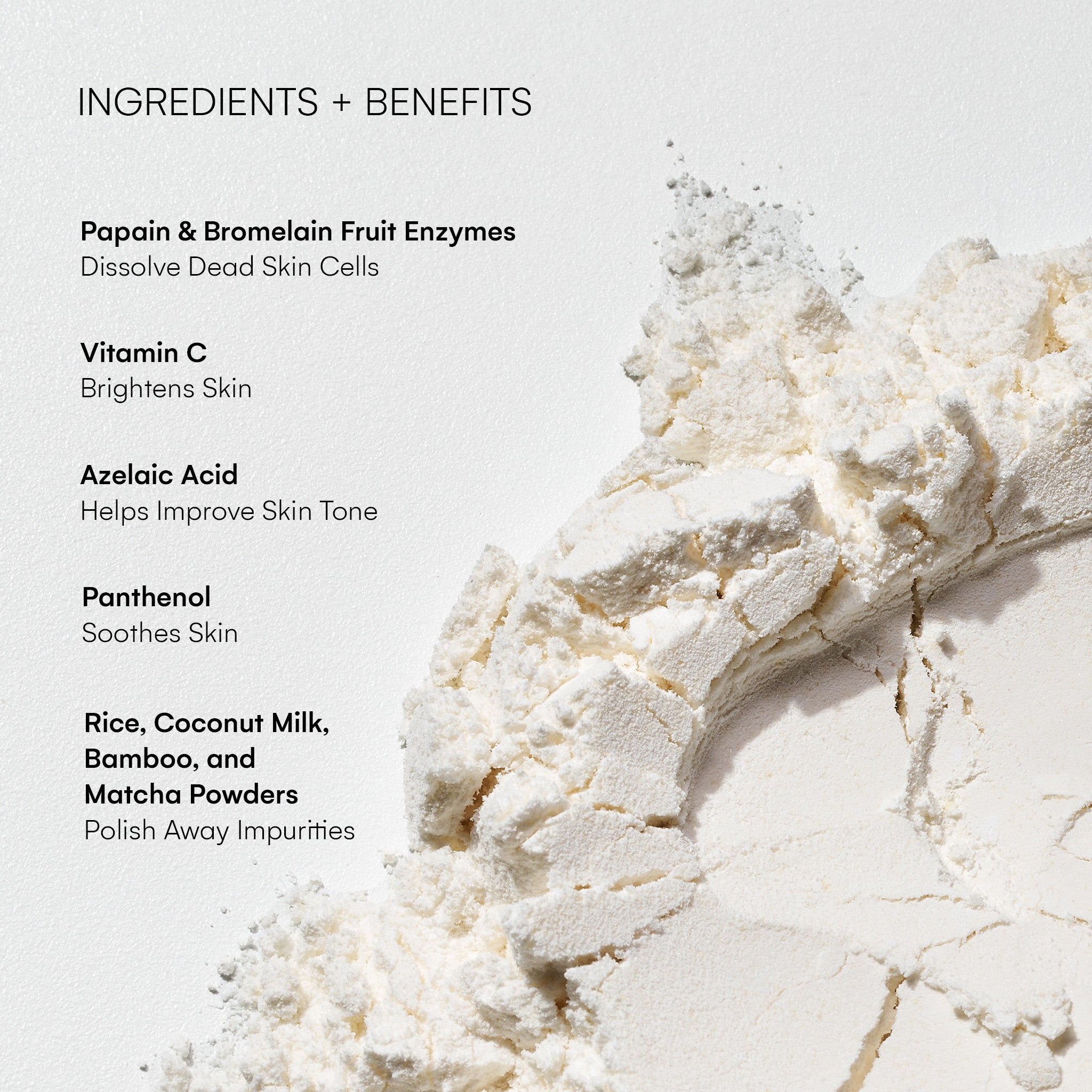
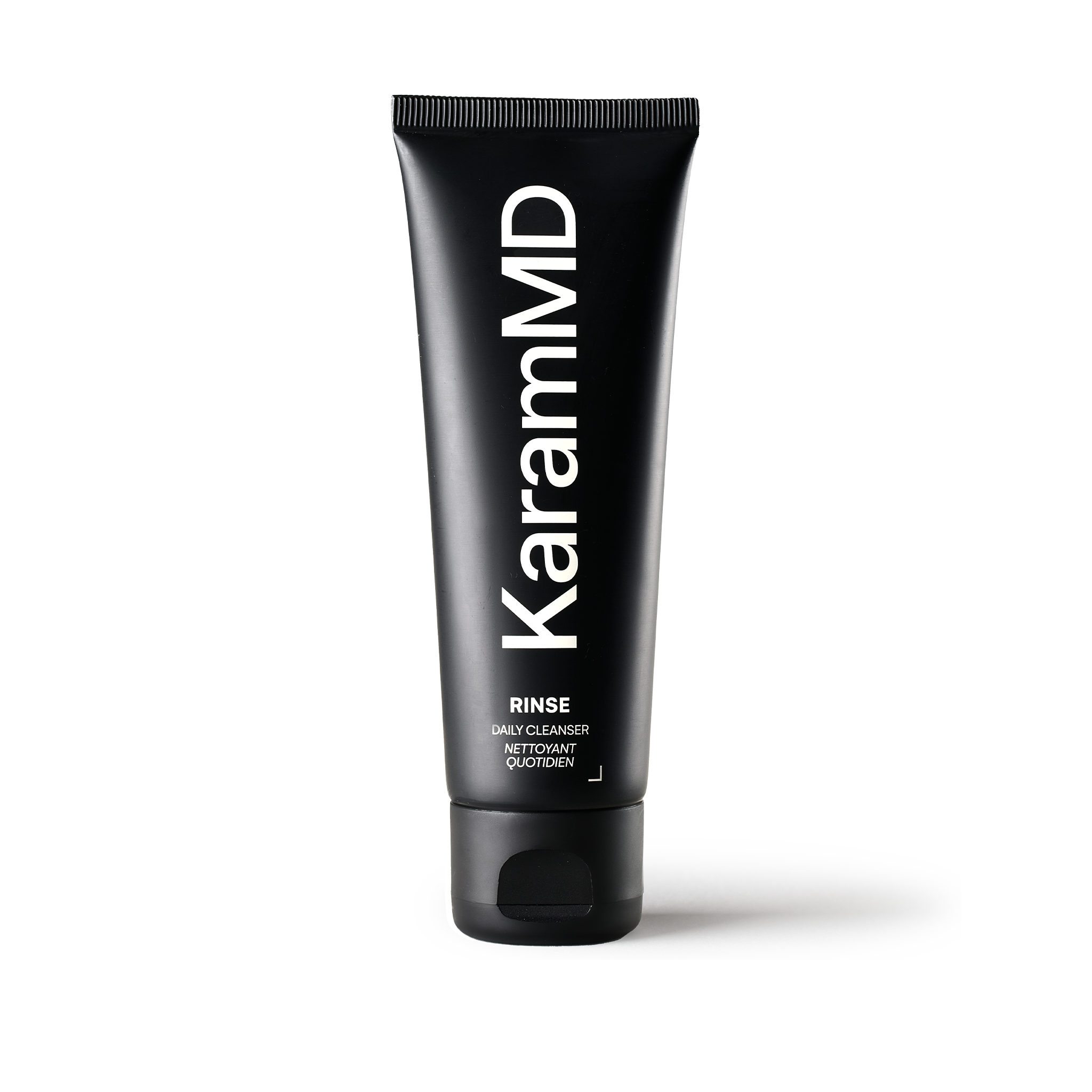
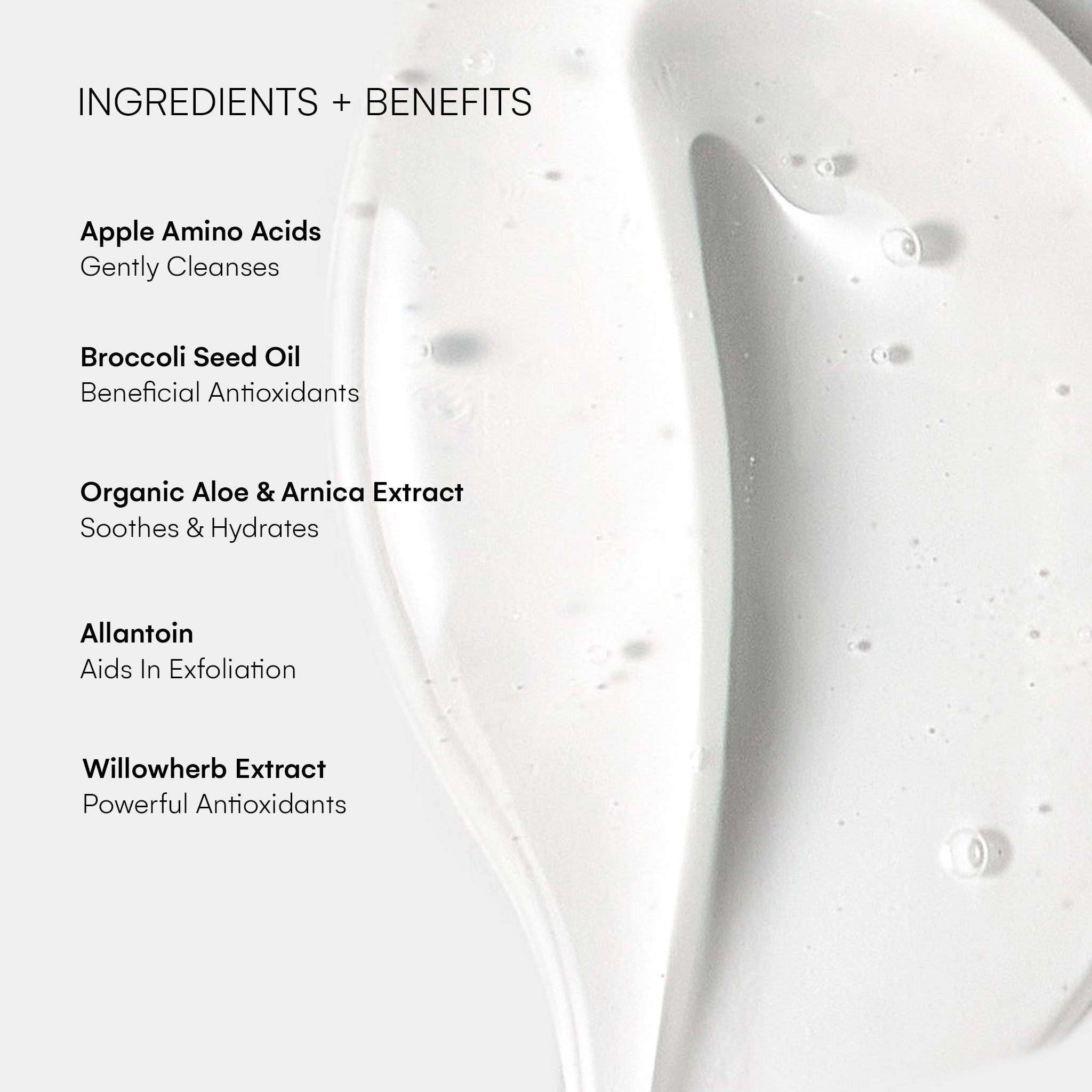
7 comments
C
I see beautiful results after surgeries. Unfortunately, I can’t afford to do it. Not even your skin care products. Too expensive.
———
KaramMD Skin replied:
Hi C—Thanks for your comment! We truly understand and appreciate where you’re coming from. Our goal is to deliver real, visible results using the highest quality ingredients and science-backed formulations, but we also know affordability is important. While the full Trifecta may not be within reach for everyone, many of our customers have found success by starting with just one product, like Illuminate, and building from there. We’re always listening and exploring ways to make our products more accessible.
Debbie Hannan
I live in Australia. Could you recommend Dr that does VR facelift
———
KaramMD Skin replied:
Hi Debbie—Thanks for your comment! Unfortunately, I am not able to make any other recommendations for surgeons, and the Vertical Restore is Dr. Karam’s patented facelift technique, so you will not be able to find someone else doing exactly what he does. However, I would suggest doing lots of research and finding someone else that has consistent results. Dr. Karam does recommend you start with a committed skincare routine as soon as possible if you are considering a surgical procedure, because the health of your skin is going to be a big factor in your surgical results. So if you haven’t already, check out Trifecta as the best place to start your surgical journey!
Shauna
Hi
Just checking to see if you do Botox in office and how much it would cost thank you!
———
KaramMD Skin replied:
Hi Shauna—Thanks for your comment! Dr. Karam’s office does offer Botox, and the best way to get more information or schedule an appointment is by reaching out directly to his clinical team. You can contact them through the office website: drkaram.com <https://www.drkaram.com/> They’ll be happy to assist you with availability, pricing, and any other details you may need!
Haley Thomas Pollard
This is a great article I am presently using the trifecta system.
Dr Karan can you recommend an anti-aging system for the body?
———
KaramMD Skin replied:
Hi Haley—Thanks for your comment! While the Trifecta focuses on the face, Dr. Karam always emphasizes that your body deserves just as much care. For anti-aging body care, he recommends looking for products that include retinol, niacinamide, peptides, and hydrating ingredients like ceramides or hyaluronic acid. Consistent exfoliation, sun protection, and moisturizing are key to keeping the skin on your body smooth, firm, and youthful.
Rita
Hello doctor,
I want tell you a Big Thanks for your video and emails but unfortunately I can’t afford to buy the product.
———
KaramMD Skin replied:
Hi Rita—Thanks for your comment! We completely understand that not everyone is in a place to purchase products right now, and that’s absolutely okay. Dr. Karam’s mission has always been to empower and educate, whether it’s through skincare or simply sharing knowledge that supports your well-being. We’re so grateful to have you in this community, and we’re here for you whenever the time is right. Wishing you all the best on your skincare journey!
Leave a comment
All comments are moderated before being published.
This site is protected by hCaptcha and the hCaptcha Privacy Policy and Terms of Service apply.